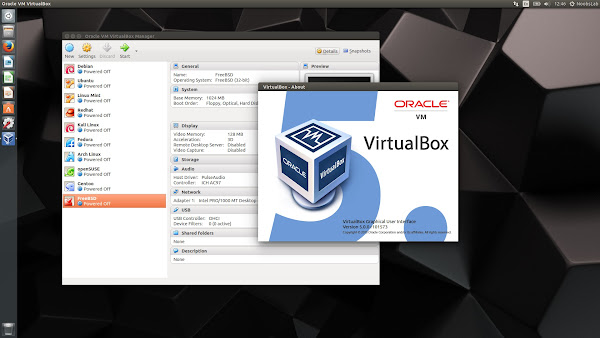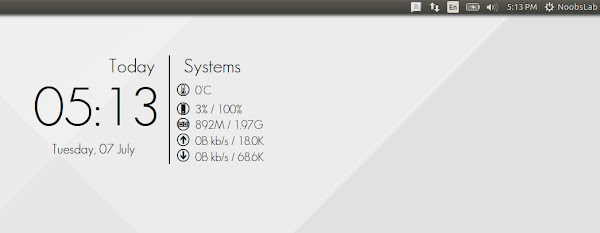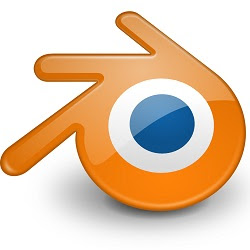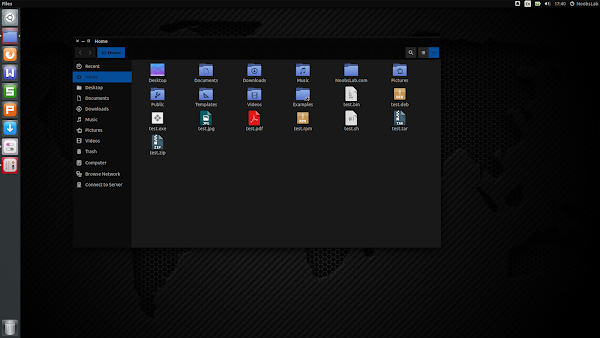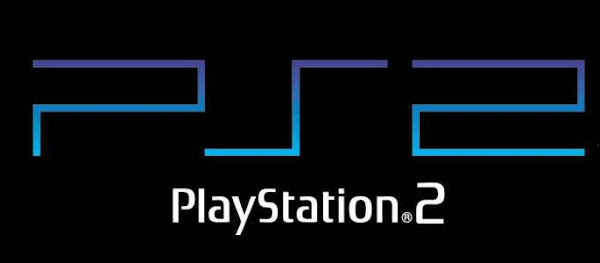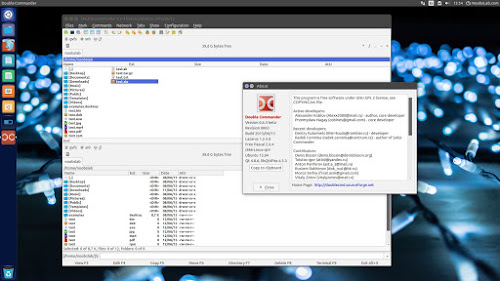Install Wine 1.7.4x in Ubuntu 15.04 Vivid/14.10 Utopic/14.04 Trusty/Linux Mint 17.x/17/ and older version on Ubuntu 12.04/Mint 13
Wine lets you run Windows software on other operating systems. With Wine, you can install and run these applications just like you would in Windows. Wine enables Linux, Mac, FreeBSD, and Solaris users to run Windows applications without a copy of Microsoft Windows. Wine is free software under constant development. Other platforms may benefit as well.
 Changes in this release:
Changes in this release:
Install Winehq 1.7.4x via PPA in Ubuntu/Linux Mint open Terminal (Press Ctrl+Alt+T) and copy the following commands in the Terminal:
Install Winehq 1.7.47 from source in Ubuntu/Linux Mint open Terminal (Press Ctrl+Alt+T) and copy the following commands in the Terminal:
You can download source of Wine 1.7.47 for other Distributions from Source Forge.
Wine stable versions available: Wine 1.6, Wine 1.5 (PPA, Source) and Wine 1.4
That's it
Wine lets you run Windows software on other operating systems. With Wine, you can install and run these applications just like you would in Windows. Wine enables Linux, Mac, FreeBSD, and Solaris users to run Windows applications without a copy of Microsoft Windows. Wine is free software under constant development. Other platforms may benefit as well.

- Text drawing in Direct2D.
- Support for the new thread pool API.
- Toolbar state saving.
- Beginnings of an implementation for proper HID support.
- Support for file objects in device drivers.
- Improvements in the BITS file transfer service.
- Still more progress on DirectWrite implementation.
- Support for shared user data on 64-bit.
- Various C++ runtime improvements.
- Some more support for the 64-bit ARM platform.
- Some more progress on DirectWrite implementation.
- A number of RichEdit control fixes.
- Beginning implementation of the old MSVCIRT C++ runtime.
- Various bug fixes.
Install Winehq 1.7.4x via PPA in Ubuntu/Linux Mint open Terminal (Press Ctrl+Alt+T) and copy the following commands in the Terminal:
Install Winehq 1.7.47 from source in Ubuntu/Linux Mint open Terminal (Press Ctrl+Alt+T) and copy the following commands in the Terminal:
You can download source of Wine 1.7.47 for other Distributions from Source Forge.
Wine stable versions available: Wine 1.6, Wine 1.5 (PPA, Source) and Wine 1.4
That's it

